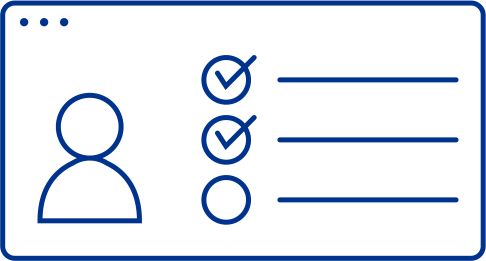With many foreign software companies having established operations in Malta, one important factor that directly affects the amount of tax payable is how software assets are depreciated for tax purposes. Maltese tax law does not prescribe a single method for software depreciation. Instead, businesses may choose from various options, briefly outlined below.
Option 1: Depreciation under the normal wear and tear rules
Under general tax depreciation rules (Subsidiary Legislation 123.01), software is specifically recognised as a depreciable asset. The rules allow software to be depreciated for tax purposes over a minimum period of 4 years using the straight-line method. This means a maximum depreciation rate of 25% per year can be applied, as long as the software is used to generate taxable income.
While it is possible to depreciate software over a longer period, most taxpayers opt for the 25% rate, as it is normally the most beneficial for them.
A full 25% depreciation is allowed in the year the software is acquired or completed. However, no depreciation is permitted in the year the software is disposed of.
If the software activity does not generate enough income in a given year to fully claim the tax depreciation, the unused amount can be carried forward indefinitely and deducted from income generated by that software activity in future years.
In case the software is eventually sold, a balancing statement must be prepared. This statement compares the sale price with the tax depreciated value of the software. Any difference may result in a taxable gain or deductible loss, depending on the outcome.
Options 2 and 3: Depreciation under the Intellectual Property Rules: Three Year or One Year Period
Since software is considered a type of intellectual property, it falls within the scope of the tax deduction rules outlined in Article 14(1)(m) of the Income Tax Act. Both the second and third options relate to these rules, differing mainly in the period over which depreciation can be claimed. The second option allows for tax depreciation of the software cost over a minimum period of three consecutive years while the third option, recently introduced with effect from year of assessment 2024, permits full depreciation in just one year.
Both Option 2 and 3 allow for the indefinite carry forward of unabsorbed tax depreciation to future years.
In contrast to the first option above, neither the second nor the third option requires a balancing statement upon disposal of the software asset.
Determining which option is most suitable will depend on projected profits from the software activity as well as other income-generating activities.
This article is for general information purposes only and does not constitute legal or tax advice. It is not intended to address any specific fact pattern. Professional advice should be sought based on the particular circumstances involved.


